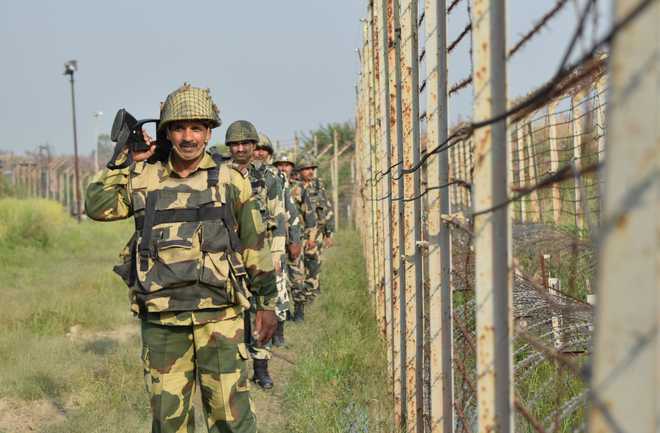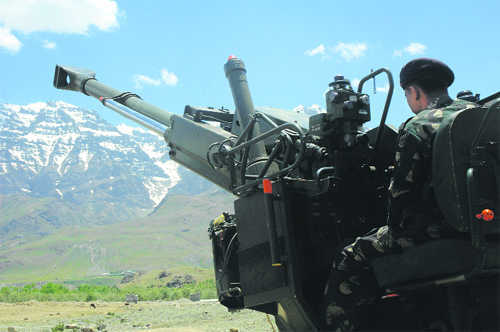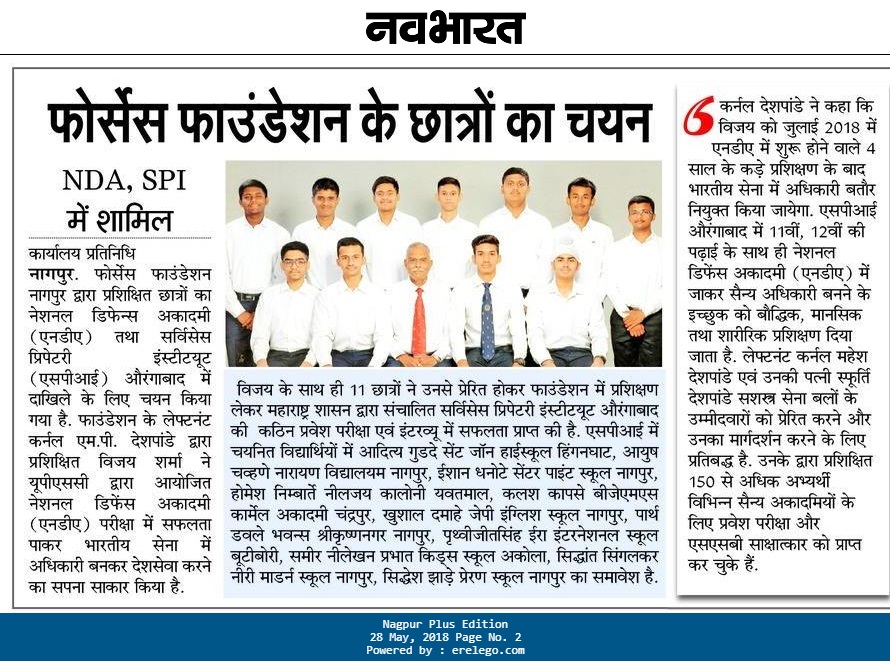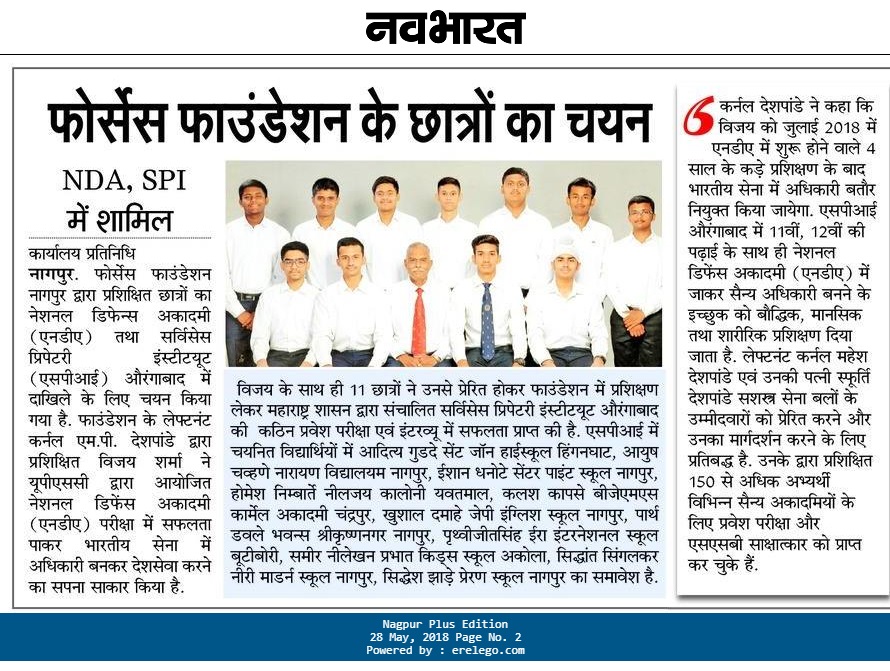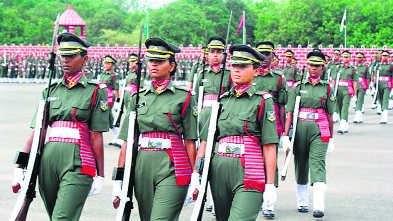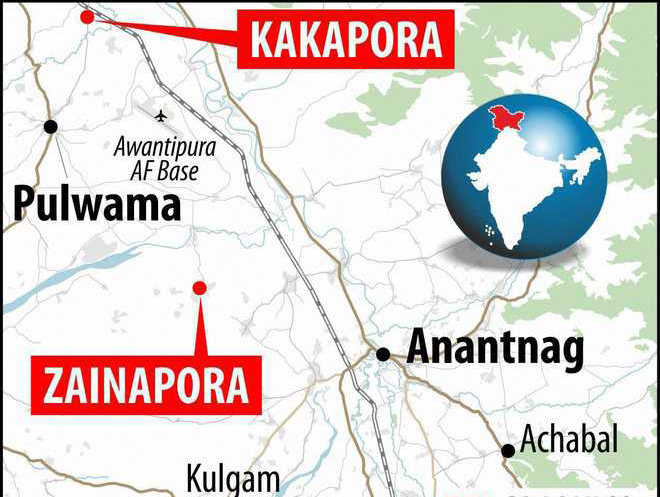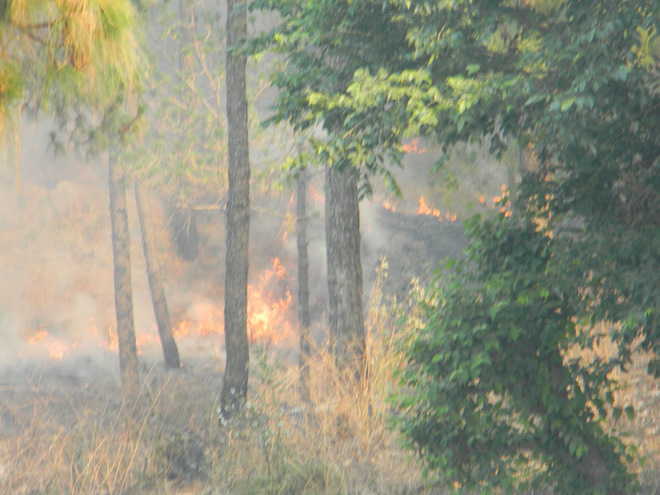In the run-up to the 2014 elections, Modi’s expressed intentions and sentiments about the armed forces caught the imagination of a substantial section of the military community, serving as well as veterans. This translated into overwhelming support in the elections, which continued thereafter in debates on mainstream or social media. Some actions by the Prime Minister reinforced this sentiment – spending Diwali with soldiers deployed on the far-flung frontiers as he has been doing every year, for instance. He asked people to acknowledge soldiers in public as is the norm in some other countries. Few doubted the sincerity of his words – least of all soldiers or veterans themselves.
But as Ralph Waldo Emerson said, “What you do speaks so loudly, I can’t hear what you’re saying”. A series of ill-considered decisions by the Ministry of Defence over the past four years has been in stark contrast to these sentiments of the PM. Taken under three successive Raksha Mantri (RM), they have had an adverse impact on the welfare, dignity, and status of the soldier. The fact that the country has had three successive RMs in four years, including a part-time one initially itself raises doubts about the priority of the ministry in the overall scheme of things.
The government took off on a wrong footing with the inordinate delay in implementing the OROP, an election promise made by the Prime Minister himself. Flimsy excuses proffered by the minister and ministry officials – that its a complex issuerequiring complicated calculations – cut no ice in this computerized era. The delay finally led to the sorry spectacle of aged veterans and their families agitating peacefully for months at Jantar Mantar. Adding insult to injury, the peaceful demonstrators were attacked by the police on the eve of Independence Day, something that angered even serving soldiers to no end. The final implementation was preceded by unsavoury haggling and caveats, and what should have been a graceful fulfilling of a promise was turned into an acrimonious battle by the officials and minister involved. To this day, utterances made by the then minister leads a section of veterans to feel that the promise was diluted. The government ended up delivering what the Congress had said was “not feasible” and yet losing out on some of the goodwill that this would have generated had it been handled in a more graceful manner.
Implementation of the 7th Pay Commission for the armed forces was the next sordid episode. The armed forces pointed outseveral anomalies in the recommendations concerning soldiers. While the three chiefs preferred to implement the recommendations only after resolving the anomalies, they were ordered to go ahead and implement nevertheless, while the anomalies would be addressed subsequently.
Some recommendations of the pay commission seemed to specifically single out the armed forces for belittlement. This could possibly be attributed to deliberate sabotage by a pay commission appointed by the previous government. But it was up to the government to decide whether to accept them or not. However, these were, inexplicably, accepted by the government without much application of mind about the negligible savings accruing on one hand and the bad optics of acting against the stated intent of doing the best by soldiers on the other hand.
Three cases stand out – a reduction of disability pension of armed forces personnel (while hiking it for other services), cappingof education allowance admissible to the children of martyrs and disabled soldiers, and stopping entitled rations for officers posted in peace stations, replacing it with a ration allowance. None of these made any sense, and two of them have subsequently been reversed – but not before they caused considerable consternation amongst serving and veteran soldiers and a loss of face for the government in having to roll back its decisions frequently. Even the third is reported to be actively under consideration for reversal because the implementation is causing complications as officers posted in peace stations also become entitled to rations in kind when they move out for training, field firing and operational alerts, which is usually for about four to five months in a year.
Another curious case was a letter issued by a middle-ranking MoD official, downgrading the uniformed officers and JCOs vis a vis their civilian counterparts of the Armed Forces Headquarters cadre. The outrage caused by equating Captains and Lieutenants of the army with non-gazetted civilian officers, and JCOs with clerical grades, once again resulted in the government having to take a U-turn about the decision and restoring status quo ante.
And the latest issue is opening of cantonment roads, that has a serving, veterans, and families up in arms once again. The ill-considered orders were passed by the Raksha Mantri, overruling the objections of the army and disregarding the obvious security implications of allowing free passage of traffic through military areas across the country. While the RM may have been swayed by local MPs and MLAs appealing about inconvenience being caused to local residents in having to take detours around closed roads, the cantonment land has been the target of land grabbers for a long time. Interestingly, the Cantonments Act was amended by the UPA government in 2006, diluting the powers of the military authorities vis a vis the bureaucrats of the Defence Estates department – some of whom have been involved in such land grab instances themselves.
As a veteran who voted for BJP in 2014, and will do so once again in 2019, I am nevertheless amongst many who feel let down by this constant back and forth by a government that we considered had the best interests of soldiers at heart. While one or two incidents can be explained away as errors of judgment, the series of instances described above indicate a pattern. It appears that all these decisions were taken on advice which was either consistently ill-considered or given with malafide intent. The lower bureaucracy in MoD has been notorious for acting against the interest of the services for decades to an extent that they use funds meant for the welfare of veterans to hire expensive lawyers to fight cases against disabled veterans in the Supreme Court. But it is the political leadership that is ultimately accountable to the people, and must, in turn, hold the bureaucrats accountable. In none of the cases where the government has had to rescind a decision, any bureaucrat has been held accountable by the minister.
One of the expectations that people like me had with this government, especially from the Prime Minister, was that with his genuine regard for soldiers, such frequent pinpricks will come to an end. On the contrary, not only have they continued, but the frequent change in Defence Ministers has exacerbated the gap between the political intent of the Prime Minister and actions on the ground. Maybe its time that decisions concerning the armed forces and veterans are not taken purely on bureaucratic advice, but after interactions with the stakeholders to understand the nuances of the impact of such decisions. With the presence of two cabinet colleagues who are senior veterans themselves, the Defence Minister could easily pick up the phone and have an informal chat with them to understand the implications of any such decision on the morale of soldiers and sentiments of the families and people at large.
As the government celebrates the completion of four years of effective governance, and its achievements in areas like electrification, infrastructure, connectivity, ease of doing business etc have been phenomenal, it needs to introspect on how it has fared in dealing with issues related to the armed forces. There may be a need for some damage control, and a year is long enough to do so, while simultaneously ensuring that mistakes of the past are not repeated.
